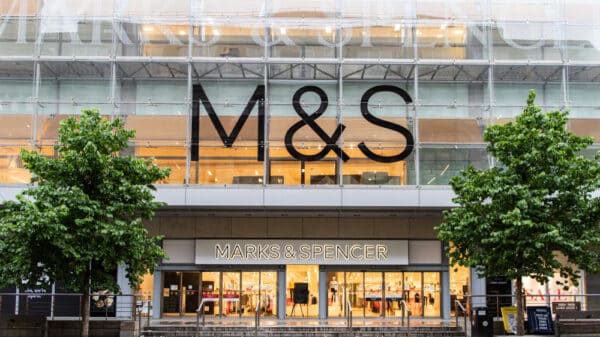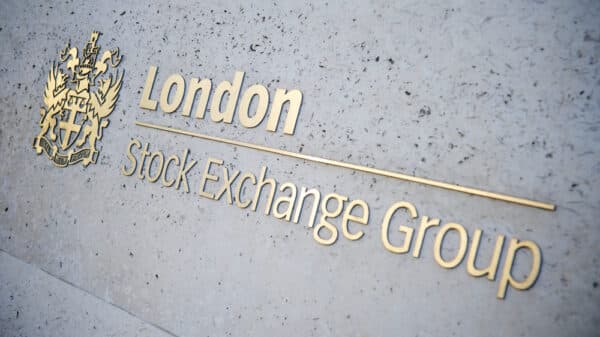Shein, the fast fashion giant, has recently raised its prices for shoppers in the U.S. This move follows an earlier warning that new tariffs would lead to increased operating costs, a significant concern in today’s ever-changing retail landscape.
On April 25, Shein implemented substantial price increases across several key categories. For instance, a 10-pack of dish cloths saw an astounding jump from $1.28 to $6.10, marking a staggering 377% hike. Such dramatic changes can leave consumers reeling, as many are already feeling the pinch from rising prices in various aspects of life.
These price hikes are largely a result of the U.S. administration’s new import tariffs, which can go as high as 145% on goods from China. Shein and its rival, Temu, have found themselves particularly affected by these changes, making the shopping experience more expensive for the budget-conscious consumer.
In a significant policy shift, the White House has abolished the longstanding de minimis exemption, which had allowed small shipments worth under $800 to enter the U.S. without incurring duties. This exemption played a crucial role in facilitating affordable cross-border ecommerce, enabling consumers to access low-cost goods with ease.
Examining the price adjustments, it’s evident that Shein’s beauty and health products experienced an average price increase of 51%. Home goods, kitchen items, and toys saw jumps between 20-30%. Women’s clothing, typically one of Shein’s most popular categories, was comparatively less impacted, with an average rise of about 8%. However, for many shoppers, even these modest increases add up, creating a more significant expense over time.
In a joint statement, Shein and Temu reassured customers, saying, “To keep offering the products you love without compromising on quality, we will be making price adjustments starting April 25, 2025.” They emphasized that their operating costs have surged due to recent changes in global trade rules and tariffs. It’s a reminder that while we may love these low-cost options, the realities of the global economy can have immediate, tangible effects.
Expect more pressures on shoppers as well; in May, the U.S. plans to introduce a $100 postal fee for incoming items, with another fee hike slated for June. For the average consumer, this could further complicate their shopping habits, adding yet another layer to an already challenging financial landscape.
Retail analysts warn that these changes could have broader implications for global ecommerce. In light of increasing costs, companies like Shein are actively seeking alternative supply chain strategies. Earlier this year, the brand started encouraging its suppliers to shift production to Vietnam as a way to reduce exposure to tariffs. This strategic pivot not only highlights the challenges brands are facing but also suggests a shift in how consumers may access affordable products in the future.
As a shopper navigating these rising costs and uncertainties, it’s essential to stay informed and adapt your purchasing habits. Whether it’s reassessing where you shop or finding alternative brands, small changes can help you mitigate some of the impacts of these economic shifts. You’re not alone in this—many are feeling the weight of these changes, and the conversation around how best to cope continues to evolve.
Image Source: Jonathan Weiss / Shutterstock































